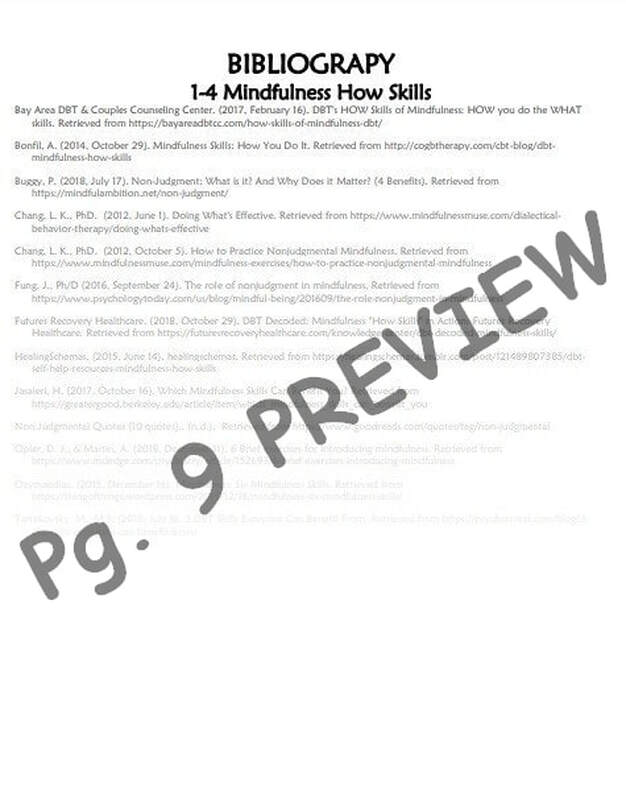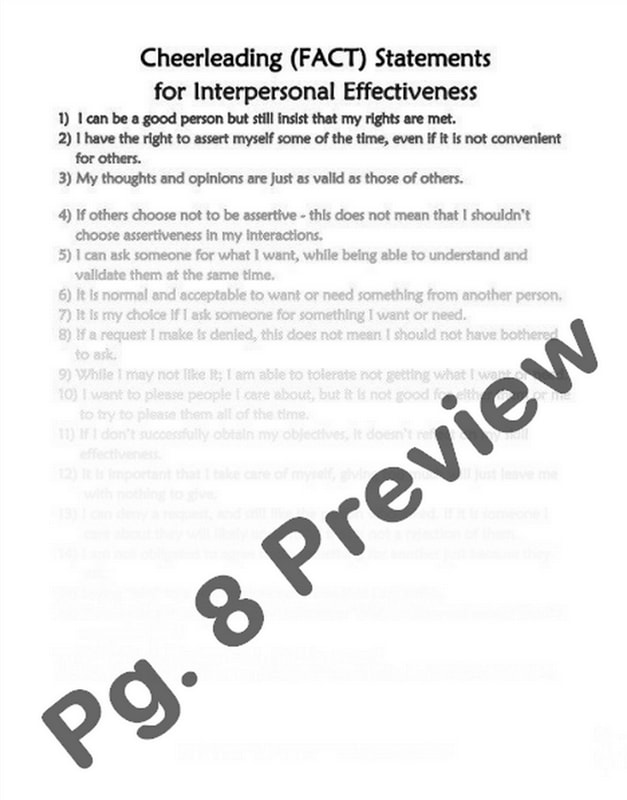A task analysis is used to break complex tasks into a sequence of smaller steps or actions. For some individuals on the autism spectrum, even simple tasks can present complex challenges. Having an understanding of all the steps involved for a particular task can assist in identifying any steps that may need extra instruction and will help teach the task in a logical progression. A task analysis is developed using one of four methods. First, competent individuals who have demonstrated expertise can be observed and steps documented. A second method is to consult experts or professional organizations with this expertise in validating the steps of a required task. The third method involves those who are teaching the skill to perform the task themselves and document steps. This may lead to a greater understanding of all steps involved. The final approach is simply trial and error in which an initial task analysis is generated and then refined through field tests (Cooper, Heron, Howard, 2020).
- 42 Pdf Previewdialectical Behavioral Training Reliaslearning
- Dialectical Behavioral Therapy Workbook Pdf
As task analyses are developed, it is important to remember the skill level of the person, the age, communication and processing abilities, and prior experiences in performing the task. When considering these factors, task analyses may need to be individualized. For those on the autism spectrum, also remember their tendency toward literal interpretation of language. For example, students who have been told to put the peanut butter on the bread when making a peanut butter and jelly sandwich have literally just placed the entire jar on the bread. It is important that all steps are operationally defined. Below are two examples of task analyses.
Original training materials, but also on the feedback from participants themselves. 2.1 PURPOSE OF THE MANUAL The training manual focuses on participatory approaches that apply to the entire life cycle of a succesful community-led project: from project design, to implementation and to evaluation. Each module addressed one aspect of the participa. Behavior Reduction (5 Hours) a. Behavior Reduction Plan i. Video (10 minutes) ii. Reading Material (20 minutes) iii. Quiz Activity (10 minutes) b. Functions of behavior i. Video (15 minutes) ii. Reading material (20 minutes) iii. Drag and Drop Activity 1 (10 minutes) iv. Drag and Drop Activity 2 (10 minutes) c. Antecedent Interventions i.
Putting a Coat On

- Pick up the coat by the collar (the inside of the coat should be facing you)
- Place your right arm in the right sleeve hole
- Push your arm through until you can see your hand at the other end
- Reach behind with your left hand
- Place your arm in the left sleeve hole
- Move your arm through until you see your hand at the other end
- Pull the coat together in the front
- Zip the coat
Washing Hands
42 Pdf Previewdialectical Behavioral Training Reliaslearning

- Turn on right faucet
- Turn on left faucet
- Place hands under water
- Dispense soap
- Rub palms to count of 5
- Rub back of left hand to count of 5
- Rub back of right hand to count of 5
- Turn off water
- Take paper towel
- Dry hands to count of 5
- Throw paper towel away
Skills taught using a task analysis (TA) include daily living skills such as brushing teeth, bathing, dressing, making a meal, and performing a variety of household chores. Task analysis can also be used in teaching students to perform tasks at school such as eating in the cafeteria, morning routines, completing and turning in assignments, and other tasks. Task analysis is also useful in desensitization programs such as tolerating haircuts, having teeth cleaned, and tolerating buzzers or loud environments. Remember that tasks we perceive as simple may be complex for those on the spectrum.
Again, the number of steps involved and the wording used will differ dependent on the individual. Determining the steps to a TA as well as the starting point for an individual often requires collecting baseline data, and/or examining the individual’s ability to complete any or all of the required steps. Assessing the individual’s level of mastery can occur in one of two ways. Single-opportunity data involves collecting information on each step correctly performed in the task analysis. Once a mistake is made, data collection stops and no further steps are examined. In multiple opportunity data collection, progress is documented on each step regardless of whether the performance was correct or not. This provides insight into those steps the student can perform and where additional training or support is needed. Remember that once implementation begins, the TA may need to be revised to address any additional needs.
Once a task analysis is developed, chaining procedures are used to teach the task. Forward chaining involves teaching the sequence beginning with the first step. Typically, the learner does not move onto the second step until the first step is mastered. In backward chaining, the sequence is taught beginning with the last step. And again, the previous step is not taught until the final step is learned. One final strategy is total task teaching. Using this strategy, the entire skill is taught and support is provided or accommodations made for steps that are problematic. Each of these strategies has benefits. In forward chaining, the individual learns the logical sequence of a task from beginning to end. In backward chaining, the individual immediately understands the benefit of performing the task. In total task training, the individual is able to learn the entire routine without interruptions. In addition, they are able to independently complete any steps that have been previously mastered.
Regardless of the strategy chosen, data has to be collected to document successful completion of the entire routine and progress on individual steps. How an individual progresses through the steps of the task analysis and what strategies are used have to be determined via data collection.


Reference
Cooper, J.O., Heron, T.E, and Heward, W.L. (2020). Applied behavior analysis (3rd Edition). Pearson Education, Inc.

Dialectical Behavioral Therapy Workbook Pdf
Pratt, C. & Steward, L. (2020). Applied behavior analysis: The role of task analysis and chaining. https://www.iidc.indiana.edu/irca/articles/applied-behavior-analysis.html.
